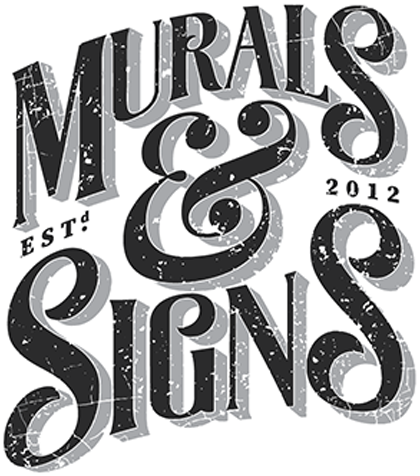In the world of commercial mural art, pricing is a critical factor that both artists and clients must navigate to ensure a successful collaboration. Industry standards for commercial mural pricing play a pivotal role in establishing fair compensation for artists while providing clients with a clear understanding of the costs involved. This comprehensive guide delves into the nuances of industry standards for commercial mural pricing, offering insights, tips, and practical advice for both artists and clients.
The Importance of Industry Standards
Industry standards serve as a benchmark that ensures fairness, transparency, and consistency in commercial mural pricing. By understanding and adhering to these standards, both artists and clients can enter negotiations with confidence and mutual understanding.
Factors Influencing Commercial Mural Pricing
Mural Size and Complexity
Mural size and complexity are foundational factors in determining pricing. Larger murals require more time, materials, and resources, leading to higher costs. Intricate designs with detailed elements may also command a premium due to the added skill and labor involved.
Surface and Location
The type of surface and location for the mural also impact pricing. Outdoor murals on exterior walls may require additional weatherproofing and preparation, contributing to higher costs. High-visibility areas, such as storefronts or public spaces, may warrant higher rates due to increased exposure.
Design Customization
Design customization is a significant driver of pricing. More intricate and personalized designs require additional time and skill to execute accurately. Clients seeking highly detailed or bespoke designs should expect to pay a premium for the artist’s expertise.
Industry Standards and Guidelines
Researching Comparable Projects
Both artists and clients benefit from researching comparable projects within the industry. Analyze projects with similar size, complexity, and location to gauge prevailing pricing trends. This research provides a realistic baseline for negotiations.
Consulting Professional Organizations
Professional organizations within the mural art industry often provide guidelines and recommendations for pricing. These organizations offer insights into best practices, pricing ranges, and considerations that can inform both artists and clients.
Geographical Variation
Keep in mind that industry standards for pricing may vary based on geographical location. Factors such as cost of living, market demand, and local competition can influence pricing expectations. Research local market trends to align with regional standards.
Artist’s Perspective: Pricing Strategies
Establishing a Base Rate
Begin by establishing a base rate that considers factors like mural size, design complexity, and surface type. This base rate serves as a starting point for negotiations with clients.
Hourly Rates
Consider incorporating hourly rates for tasks such as design development, sketching, and painting. Transparently communicate these rates to clients to help them understand the breakdown of labor costs.
Material and Additional Costs
Factor in material costs, such as paint, brushes, scaffolding, and protective gear. Additionally, account for any potential additional costs, such as travel expenses for projects outside your local area.
Client’s Perspective: Budget Considerations
Defining Budget Constraints
Clients should clearly define their budget constraints before entering negotiations. This information helps artists tailor their proposals to align with the client’s financial parameters.
Understanding Value Proposition
Understand that pricing reflects the artist’s expertise, time investment, and the value of the final mural. Consider the long-term impact of the mural on branding, customer engagement, and space transformation.
Balancing Quality and Cost
While budget considerations are important, prioritize the quality and impact of the mural. Opting for the lowest price may compromise the overall value and longevity of the project.
Negotiations and Collaboration
Open Dialogue
Both artists and clients should maintain open and transparent communication throughout the negotiation process. Discuss expectations, concerns, and potential adjustments to the project scope.
Flexibility and Compromise
Negotiations often involve finding middle ground. Artists can consider adjusting design elements or accommodating budget constraints, while clients can explore additional services or modifications within reason.
Establishing a Win-Win Outcome
Strive for a win-win outcome where both parties feel satisfied with the agreed-upon terms. Effective negotiations should result in a balanced partnership that values the artist’s work and aligns with the client’s budget.
Conclusion
Understanding industry standards for commercial mural pricing is essential for both artists and clients to ensure a successful collaboration. By recognizing the factors that influence pricing, consulting guidelines, adopting transparent pricing strategies, and engaging in effective negotiations, artists and clients can build mutually beneficial partnerships. Transparent and fair pricing not only fosters trust and professionalism but also contributes to the overall success and impact of commercial mural projects in the competitive creative landscape.
Avoiding common pricing pitfalls in commercial mural projects
